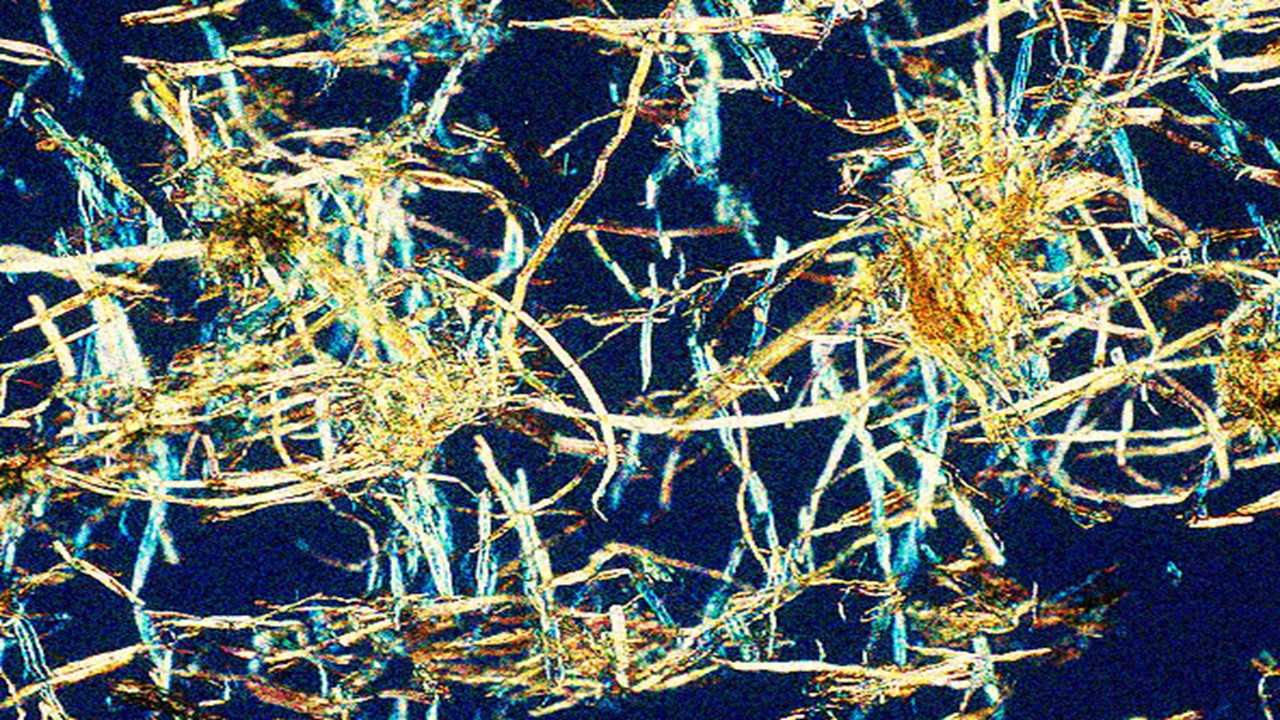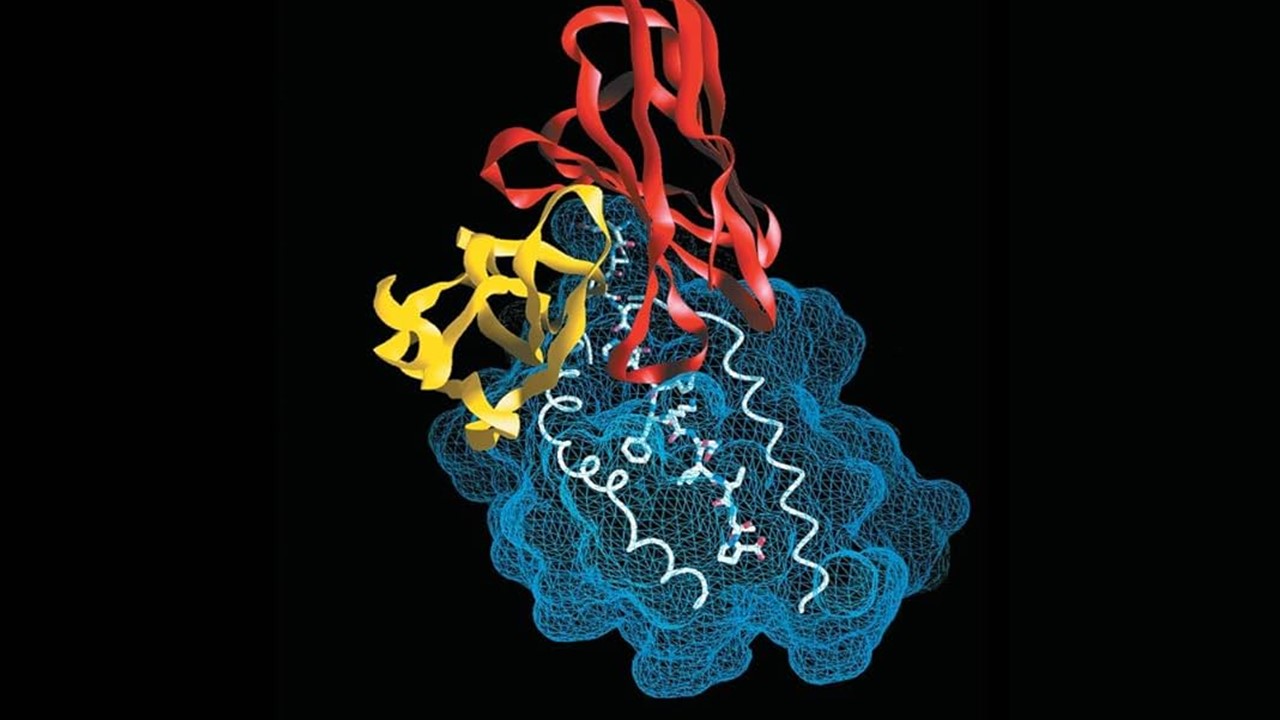The Challenge of Efficient Antibiotic Delivery
As antibiotic resistance grows into one of the most significant global health crises, the need for innovative drug delivery systems has become critical. Broad-spectrum antibiotics like norfloxacin, despite their proven efficacy, face limitations such as poor solubility, low bioavailability, and reduced half-life in biological systems. These challenges not only reduce therapeutic efficacy but also drive the overuse of antibiotics, further exacerbating resistance.
In response to these limitations, researchers are exploring advanced drug delivery technologies, particularly those leveraging polymer-based microparticles. These delivery platforms offer controlled release, targeted delivery, and enhanced bioavailability while minimizing systemic side effects. Among the most promising advancements are bio-based polymeric microparticles derived from renewable materials. These systems hold the potential to transform how antibiotics like norfloxacin are administered, ensuring sustained and effective therapeutic action while adhering to environmentally sustainable practices.
The recent development of microparticles based on poly(ethylene brassylate-co-squaric acid) (PEBSA) marks a significant leap forward in this field. By encapsulating norfloxacin in a biodegradable matrix, researchers have created a delivery system that enhances the drug’s solubility and stability. This article explores the synthesis, characterization, and potential impact of these innovative microparticles on the future of antibiotic therapy.
Bio-Based Polymers: A Green Foundation for Drug Delivery
Poly(ethylene brassylate-co-squaric acid) represents a new class of bio-based polymacrolactones synthesized using renewable monomers. This polymer’s unique structure, combining ethylene brassylate and squaric acid, offers enhanced thermal and mechanical properties alongside excellent biodegradability. Its amphiphilic nature makes it an ideal candidate for drug delivery applications, providing compatibility with both hydrophilic and hydrophobic drugs.
The synthesis of PEBSA employs emulsion polymerization, a process that stands out for its environmental friendliness and cost efficiency. Using water as the reaction medium improves heat transfer and reduces viscosity, enabling the production of polymers with homogeneous sizes and narrow molecular weight distributions. This approach aligns with the principles of green chemistry by minimizing the use of hazardous solvents and reducing energy consumption.
A key feature of PEBSA is its versatility in forming supramolecular structures. By fine-tuning the ratio of ethylene brassylate to squaric acid, researchers can tailor the polymer’s properties to meet specific therapeutic needs. This adaptability, combined with its biodegradability, positions PEBSA as a leading material for sustainable drug delivery systems. In the context of norfloxacin delivery, PEBSA provides a stable and protective matrix that enhances the drug’s pharmacokinetics and efficacy.
Microparticle Fabrication: Engineering Precision for Drug Encapsulation
The fabrication of norfloxacin-loaded microparticles involves a multi-step precipitation process. Researchers dissolved PEBSA and norfloxacin in dimethyl sulfoxide (DMSO) and then precipitated the mixture into an aqueous solution containing Tween 80, a surfactant that ensures particle stability. The resulting microparticles were purified and freeze-dried, yielding spherical structures with a roughly homogeneous size distribution.
Key to the success of this process is the control of the copolymer-to-drug ratio, which directly influences the size, encapsulation efficiency, and drug release profile of the microparticles. For instance, a 1:1 ratio of PEBSA to norfloxacin yielded microparticles with the highest encapsulation efficiency and a consistent release profile. These findings underscore the importance of precise formulation in optimizing drug delivery performance.
Scanning transmission electron microscopy (STEM) revealed the core-shell morphology of the microparticles, with a darker core indicative of norfloxacin encapsulation surrounded by a lighter polymeric shell. Dynamic light scattering (DLS) further confirmed that the microparticles exhibit hydrodynamic diameters ranging from 400 to 2000 nm, with smaller particles observed at higher drug loads. These size variations highlight the role of intermolecular interactions in shaping particle morphology and stability.
Sustained Release: Enhancing Norfloxacin’s Therapeutic Potential
One of the most significant advantages of these PEBSA-based microparticles is their ability to provide sustained drug release. Norfloxacin encapsulated within the polymer matrix is released in a biphasic manner: an initial burst phase, followed by a slower, sustained release. This profile is particularly beneficial for antibiotics, ensuring rapid therapeutic action while maintaining prolonged drug levels in the bloodstream.
The burst phase, lasting up to two hours, is attributed to the release of drug molecules near the surface of the microparticles. This initial surge is followed by a steady release over 24 hours, governed by the diffusion of norfloxacin through the polymer matrix. The controlled release minimizes the need for frequent dosing, improving patient compliance and reducing the risk of resistance development.
Mathematical modeling of the release kinetics revealed that the process is primarily diffusion-controlled, with additional contributions from polymer relaxation. The biphasic release behavior aligns with the therapeutic requirements for antibiotics like norfloxacin, which benefit from rapid absorption in the gastrointestinal tract and sustained efficacy in systemic circulation.
Antimicrobial Efficacy: A Potent Defense Against Infections
The antimicrobial activity of norfloxacin-loaded microparticles was evaluated against key bacterial strains, including Escherichia coli, Staphylococcus aureus, and Enterococcus faecalis. The results demonstrated strong antibacterial activity, particularly against Gram-negative strains like E. coli. This potency is attributed to the efficient encapsulation and sustained release of norfloxacin, ensuring continuous exposure of bacterial cells to the antibiotic.
Interestingly, the PEBSA copolymer itself exhibited no inherent antimicrobial properties, confirming that the observed activity was solely due to the encapsulated norfloxacin. This finding highlights the importance of the polymer matrix in protecting and delivering the drug without altering its pharmacological profile. The ability to maintain norfloxacin’s antimicrobial efficacy while enhancing its pharmacokinetics underscores the potential of these microparticles in combating resistant infections.
Biocompatibility and Cytotoxicity: A Safe Therapeutic Platform
Biocompatibility is a critical factor in the development of drug delivery systems. The cytotoxicity of PEBSA-based microparticles was assessed using human fibroblast cell cultures. The results indicated excellent cytocompatibility, with cell viability consistently above 85% across all test conditions. Microscopic analysis further confirmed normal cell morphology and adhesion, demonstrating that the microparticles do not interfere with cellular function.
The high biocompatibility of PEBSA is attributed to its bio-based composition and the absence of toxic degradation products. These properties make it suitable for oral administration and other biomedical applications, providing a safe and effective platform for drug delivery. The combination of biocompatibility, biodegradability, and sustained release positions these microparticles as a promising solution for addressing the challenges of antibiotic therapy.
Sustainability: A Green Future for Drug Delivery
The development of PEBSA-based microparticles represents a significant step toward sustainable pharmaceutical manufacturing. By utilizing bio-based and renewable monomers like ethylene brassylate and squaric acid, the synthesis process minimizes reliance on petrochemical resources. Emulsion polymerization further reduces environmental impact by eliminating hazardous solvents and optimizing energy efficiency.
In addition to their green chemistry credentials, these microparticles contribute to sustainability through improved therapeutic outcomes. By enhancing the bioavailability and stability of norfloxacin, the system reduces the frequency of dosing and minimizes drug waste. This efficiency not only benefits patients but also alleviates the ecological burden of pharmaceutical production and disposal.
The scalability of PEBSA synthesis and microparticle fabrication ensures that these innovations can be integrated into existing manufacturing pipelines without significant modifications. This adaptability, combined with the environmental and therapeutic advantages of the system, positions it as a model for future advancements in sustainable drug delivery technologies.
Bridging Innovation and Sustainability in Antibiotics
The encapsulation of norfloxacin in PEBSA-based microparticles marks a transformative development in antibiotic delivery. By addressing the limitations of traditional formulations, these microparticles enhance therapeutic efficacy while adhering to the principles of green chemistry. Their biocompatibility, controlled release profile, and antimicrobial potency demonstrate the potential of bio-based polymers to meet the dual demands of clinical performance and environmental sustainability.
As the pharmaceutical industry continues to confront the challenges of antibiotic resistance and environmental responsibility, innovations like PEBSA microparticles provide a clear path forward. By integrating scientific excellence with ecological stewardship, these systems exemplify the future of sustainable drug delivery, offering hope for both human health and the planet.
Engr. Dex Marco Tiu Guibelondo, B.Sc. Pharm, R.Ph., B.Sc. CpE
Subscribe
to get our
LATEST NEWS
Related Posts

Medicinal Chemistry & Pharmacology
Aerogel Pharmaceutics Reimagined: How Chitosan-Based Aerogels and Hybrid Computational Models Are Reshaping Nasal Drug Delivery Systems
Simulating with precision and formulating with insight, the future of pharmacology becomes not just predictive but programmable, one cell at a time.

Medicinal Chemistry & Pharmacology
Coprocessed for Compression: Reengineering Metformin Hydrochloride with Hydroxypropyl Cellulose via Coprecipitation for Direct Compression Enhancement
In manufacturing, minimizing granulation lines, drying tunnels, and multiple milling stages reduces equipment costs, process footprint, and energy consumption.

Medicinal Chemistry & Pharmacology
Decoding Molecular Libraries: Error-Resilient Sequencing Analysis and Multidimensional Pattern Recognition
tagFinder exemplifies the convergence of computational innovation and chemical biology, offering a robust framework to navigate the complexities of DNA-encoded science













